Ad Blocking Detection Guidance

IAB Europe has issued guidance to EU-based publishers on ad blocking detection following reports that such detection without the consent of users is illegal under the ePrivacy Directive (better known as the “Cookie Directive”).
We believe that publishers should be allowed to ask for compensation for their work and choose the form of their business model, e.g. advertising funded, subscription based, or both. We also believe that publishers are entitled to take reasonable measures to ensure that their audiences understand the implicit deal that takes place when they view advertising funded content online. The deal being that users do not have to pay for access to content in exchange for seeing advertising. We are convinced that EU privacy rules should not be interpreted as meaning that publishers are required to ask for permission from users before ascertaining whether the latter are indeed holding up their end of the bargain in this value exchange.
Nevertheless, to attenuate the risk that a publisher could be liable for breaching even an exceedingly strict interpretation of the directive, our guidance describes how user consent for ad blocking detection can be obtained. The guidance is intended to support publishers as long as the legal situation remains unclear.
Executive Summary
- Ad blocker detection is not illegal, but might, under a strict interpretation of the ePrivacy Directive be regulated and require the informed consent of users.
- Depending on the technical implementation of ad blocker detection, such detection may be out of scope of the consent requirement of the ePrivacy Directive, or fall within an exemption to the consent requirement. But the legal situation is not very clear.
- Publishers who use ad blocker detection should update their privacy policy to include use of ad blocker detection scripts.
- Publishers who want to err on the side of caution and obtain consent for the use of ad blocker detection scripts to preempt and avoid any legal challenges could obtain consent by slightly modifying their existing compliance mechanisms for the use of cookies as the possible new consent requirement emanates from the same law.
- Publishers could use two practical solutions to request and obtain consent for the use of ad blocker detection: a consent banner or a consent wall. Publishers could also make use of a combination of the two to complement each other.





